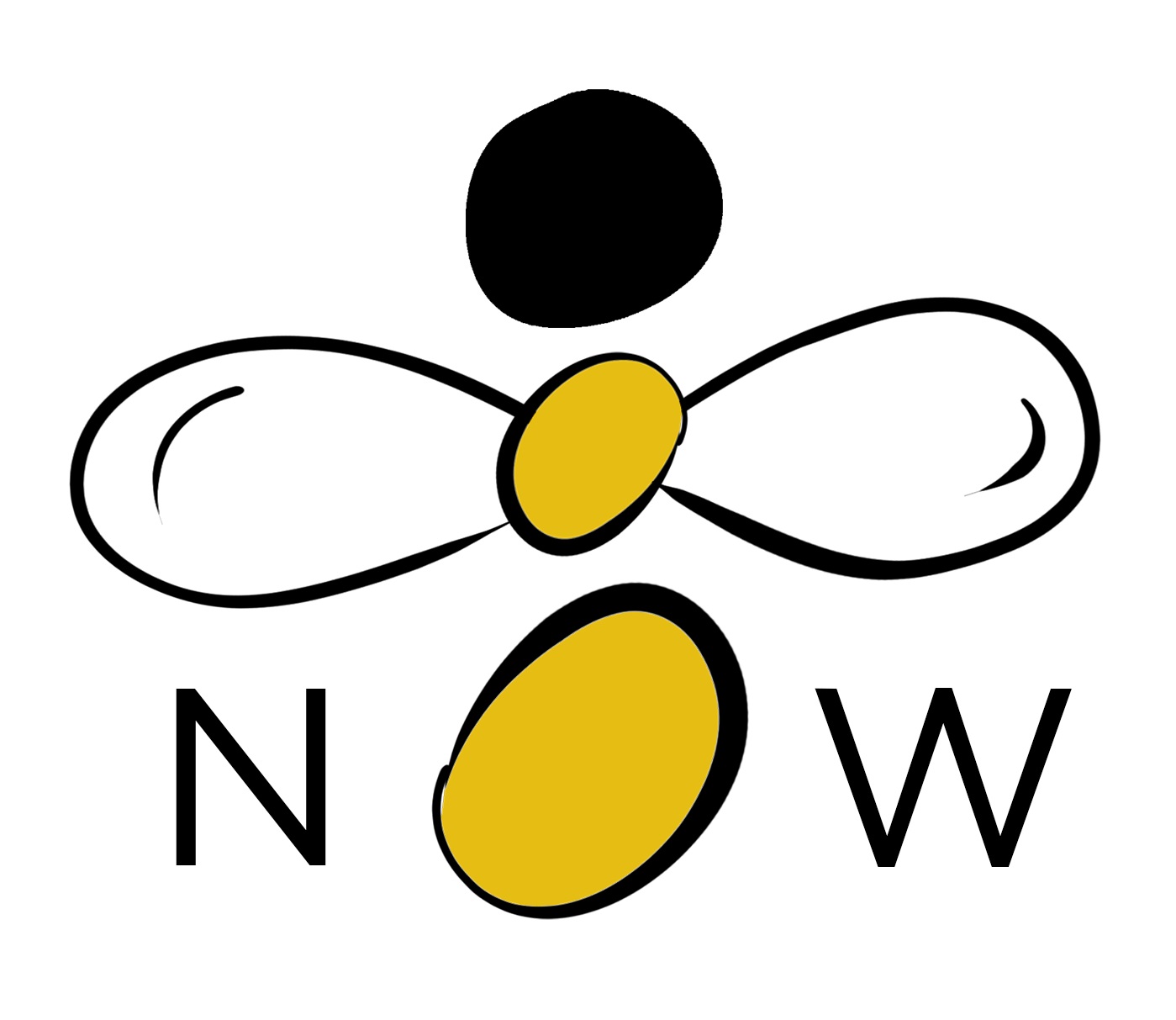The nature of our professional calling is to satisfy our own personal goals as those of the institutions we work with. We work to feel energized and to know that we are making a genuine impact. We work to be our best and to explore unbounded potentials. With this premise and the right practice, the inevitable stress and uncertainties that arise seem natural to the process rather than counter to the mission. Mindfulness and art-based activities can provide an opening to generate clarity and satisfaction in the way we live and work every day.
Be simple
Simplicity is the key to cutting to the essence of things, saving us time and energy. It’s about being precise with a keen perspective on life’s priorities. It’s easy to make things stressful and complicated especially if that is what we are used to, but often that’s too serious and unsatisfying. Sometimes we need a simple point of view to attain important truths. A proper technique does not deal with shortcuts and takes time to develop, not as an isolated ideal but as a consistent philosophy and lifestyle. The principle of simplicity sees through a very particular lens, one that values honesty and integrity over intellectual layering. In Da Vinci’s famous words, “Simplicity is the ultimate sophistication.”
As a writer, designer, and coach, my aim is to be precise with my message by engaging the essential conversations that are shaping my views. Sometimes, things are not totally clear and that has its merit. My goal is not to force some superficial knowing, but to patiently stay with the discovery process as I submerge deeper. It’s much more liberating to admit not knowing than to commit to a false belief.
Stay present
There are many rhythms and variables that guide the way I work and it’s quite a deliberate process to hold a clear frame. Sometimes it helps to throw away the frame all together and simply be there with what emerges, without any pretext. The way to stay fresh and on the edge is to be present with the breath, bridging awareness to our physical being. The body is autonomous and extremely aware; it is the head chatter that often gets in the way. Drop the worries and self-absorbed thought patterns, stay present, this is the calling. Live the sensory experience of the body, it’s the closest thing to the real world.
The nose is the perfect plug into the present. A game I like to play sometimes is what I call Nosing Around. I take a breath, acknowledge the anatomy of my nose, focus on the tip and ask, “what do you notice?” Is there a feeling, color, smell? I pay close attention and observe. I often encounter things in new ways and the conversation grows to be interesting throughout the day.
The practice of mindfulness grows by cultivating stillness and inner-silence. Much like a tripod balancing the camera lens to capture a full image, mindfulness keeps the mind open and receptive. Over-thinking tends to exaggerate our problems and gives meaning to dead ideas.
Take notice of the air, of the way you take your next step onto the Earth, or how sun light sink into your skin. Mindfulness aligns our pulse with the vibrant life force we call Now.
Make art
The world reveals itself through physical sensations and symbolic content. And the world does not always affect us rationally. Art provides an exploratory context to engage an honest conversation with ourselves without needing to rely on preordained patterns, without needing to please anyone else other than our own nature. Authenticity emerges in the absence of complicated motives. Art-making makes the unconscious perceptible, which is intrinsically educational and enriching. It’s not about being perfect, it’s about finding satisfaction through an honest response.
As left-brain thinkers, we all love making to-do lists. It turns out, list-making can be an art form. Turn your day’s priorities into a poem and watch how it evolve as pieces dissolve throughout the day. I usually start with a dozen things that seem important. As I continue to shape the poem and play with structure and intent of my words, I’m able to narrow in on what’s most important and at the end of the day I’m happy it was fulfilled.
We often start the day with problems that need to be solved. Start with a poem or a drawing to relax the mind. Be the child you once were, take your time, don’t rush it. Be with the breath and the emotions that stir the process. This practice can build mental sharpness and agility as our vantage point deepens.
We often seek control and certainty in our day. What if control is defined as the ability to simply be ourselves? Real artists have control without needing it. Success does not depend on things that are amiss, rather it is the awareness of what is most present within.
